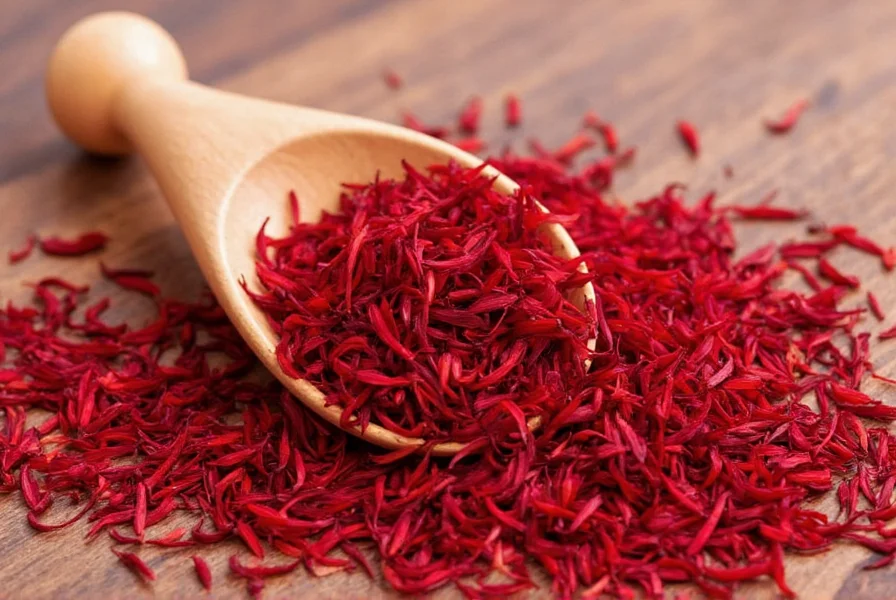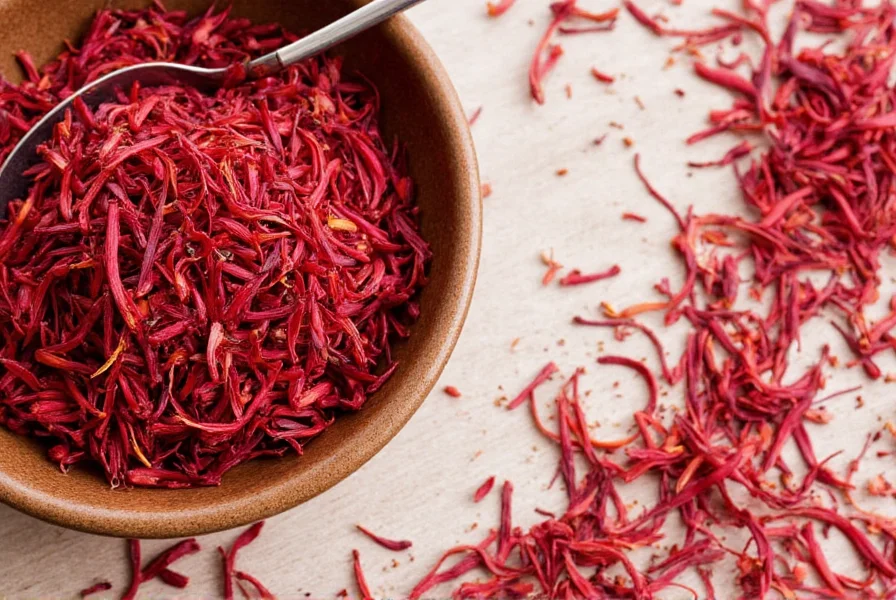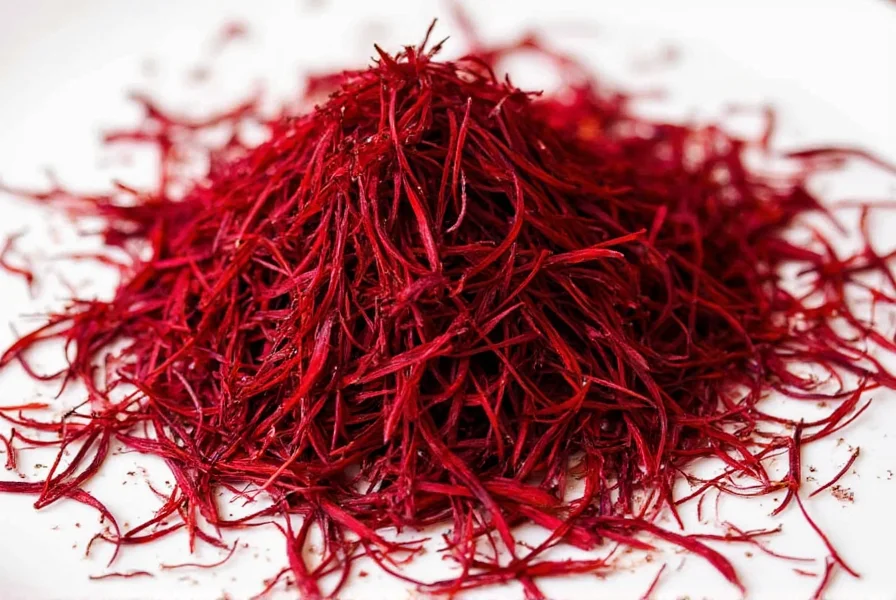Understanding Saffron Terminology and Botany
Many consumers searching for "saffron seeds for sale" are operating under a fundamental misunderstanding. Saffron is not a seed but rather the three red stigmas carefully hand-picked from each purple Crocus sativus flower. The confusion often arises because growers sell corms (underground bulb-like structures) for planting saffron crocus flowers. These corms are sometimes incorrectly marketed as "saffron seeds."

What You're Actually Looking For: Threads or Corms
When searching for saffron products, you need to clarify your purpose:
- For cooking and culinary use: You need saffron threads (the dried stigmas), not seeds or corms
- For growing your own saffron: You need saffron crocus corms (sometimes called bulbs), which will produce flowers in their second growing season
Identifying High-Quality Saffron Threads
When purchasing saffron for culinary use, quality assessment is critical due to widespread adulteration. The ISO 3632 standard provides objective measurements for saffron quality based on crocin (color), picrocrocin (taste), and safranal (aroma) content.
| Quality Grade | Crocin (Coloring Strength) | Appearance | Price Range (per ounce) |
|---|---|---|---|
| Coupe (Grade I) | 190+ (deepest red) | 90%+ red stigmas, minimal yellow style | $40-$80 |
| Mancha (Grade II) | 150-190 | 70-90% red stigmas | $25-$40 |
| Mancha (Grade III) | 110-150 | 50-70% red stigmas, more yellow style | $15-$25 |
| Standard/Commercial | 80-110 | Mixed red and yellow, often powdered | $5-$15 |
Where to Purchase Authentic Saffron Threads
Reputable sources for purchasing genuine saffron include:
- Specialty spice retailers with transparent sourcing information
- Certified producers from traditional saffron-growing regions (Iran, Spain, Kashmir)
- Local farmers markets where you can speak directly with growers
- University agricultural extension programs that sometimes sell corms for home growers
When evaluating potential sellers of saffron for culinary use, look for:
- Clear indication of ISO 3632 grading
- Origin information (country, region, sometimes even farm)
- Recent harvest date (saffron degrades over time)
- Transparent packaging that protects from light
- Realistic pricing (extremely cheap saffron is almost always adulterated)
Growing Saffron: Understanding Corms vs. Seeds
If your search for "saffron seeds for sale" stems from interest in growing your own saffron, you'll need corms rather than seeds. The Crocus sativus plant is sterile and doesn't produce viable seeds—it propagates vegetatively through corms.
When purchasing saffron crocus corms:
- Look for corms that are firm, plump, and free from mold or damage
- Size matters—larger corms (2.5cm+ diameter) typically produce more flowers
- Purchase in summer for fall planting (the natural growing cycle)
- Expect a 1-2 year wait before harvesting your first saffron threads
- Be prepared for the labor-intensive harvesting process (each flower produces only 3 threads)

Avoiding Saffron Scams and Adulteration
The high value of saffron makes it vulnerable to fraud. Common adulteration methods include:
- Dyeing other plant materials (marigold, corn silk) to resemble saffron
- Mixing saffron with cheaper fillers
- Selling powdered saffron with undisclosed additives
- Misrepresenting lower-grade saffron as premium quality
Simple home tests to verify saffron authenticity:
- Water test: Place threads in warm water—authentic saffron slowly releases a golden-yellow color (not instant red)
- Texture test: Real saffron threads feel slightly springy, not brittle
- Aroma test: Genuine saffron has a distinctive hay-like, floral fragrance
- Taste test: Should have a slightly bitter, floral taste (be cautious with unknown sources)
Proper Storage and Usage of Saffron
To maximize the shelf life and potency of your saffron purchase:
- Store in an airtight container away from light, heat, and moisture
- Whole threads retain potency longer than powdered saffron
- Use within 6-12 months for optimal flavor (though properly stored saffron remains safe indefinitely)
- Always crush threads with a mortar and pestle before use to release maximum flavor
- Steep in warm liquid (not boiling) for 15-20 minutes before adding to recipes
Understanding Saffron Pricing and Value
The extreme cost of saffron reflects its labor-intensive production. Each Crocus sativus flower produces only three stigmas, which must be hand-picked at dawn when the flowers are still closed. Approximately 150 flowers yield just 1-2 grams of dried saffron.
When evaluating saffron for sale, consider these value indicators:
- Origin: Iranian saffron typically offers best value; Spanish and Kashmiri command premium prices
- Harvest date: Current season's harvest (autumn) provides optimal freshness
- Processing method: Air-dried preserves quality better than oven-dried
- Transparency: Reputable sellers provide detailed information about their product
Frequently Asked Questions
What's the difference between saffron threads and saffron 'seeds'?
Saffron threads are the dried red stigmas from the Crocus sativus flower, used as a spice. There's no such thing as saffron seeds for culinary use. What's often called 'saffron seeds' are actually corms (bulbs) used for growing the saffron crocus plant. The plant itself is sterile and doesn't produce viable seeds.
How can I verify if saffron is authentic before purchasing?
Look for sellers who provide ISO 3632 grading information, origin details, and harvest dates. Authentic saffron threads should be deep red with minimal yellow style attached. Avoid products that appear uniformly red (often dyed) or are suspiciously cheap. Reputable sellers will offer detailed information about their sourcing and quality control processes.
Where can I buy saffron crocus corms for growing my own saffron?
Saffron crocus corms are available from specialty bulb suppliers, agricultural extension programs, and some gardening centers. Purchase them in summer for fall planting. Look for corms that are firm, plump, and at least 2.5cm in diameter. Be aware that it takes 1-2 years before your plants will produce flowers, and each plant yields only a few threads per season.
Why is saffron so expensive compared to other spices?
Saffron's high cost stems from its extremely labor-intensive harvesting process. Each Crocus sativus flower produces only three stigmas, which must be hand-picked at dawn when the flowers are still closed. It takes approximately 75,000 flowers to produce just one pound of dried saffron. The entire process from planting to drying must be done carefully by hand, contributing to its status as the world's most expensive spice by weight.











 浙公网安备
33010002000092号
浙公网安备
33010002000092号 浙B2-20120091-4
浙B2-20120091-4